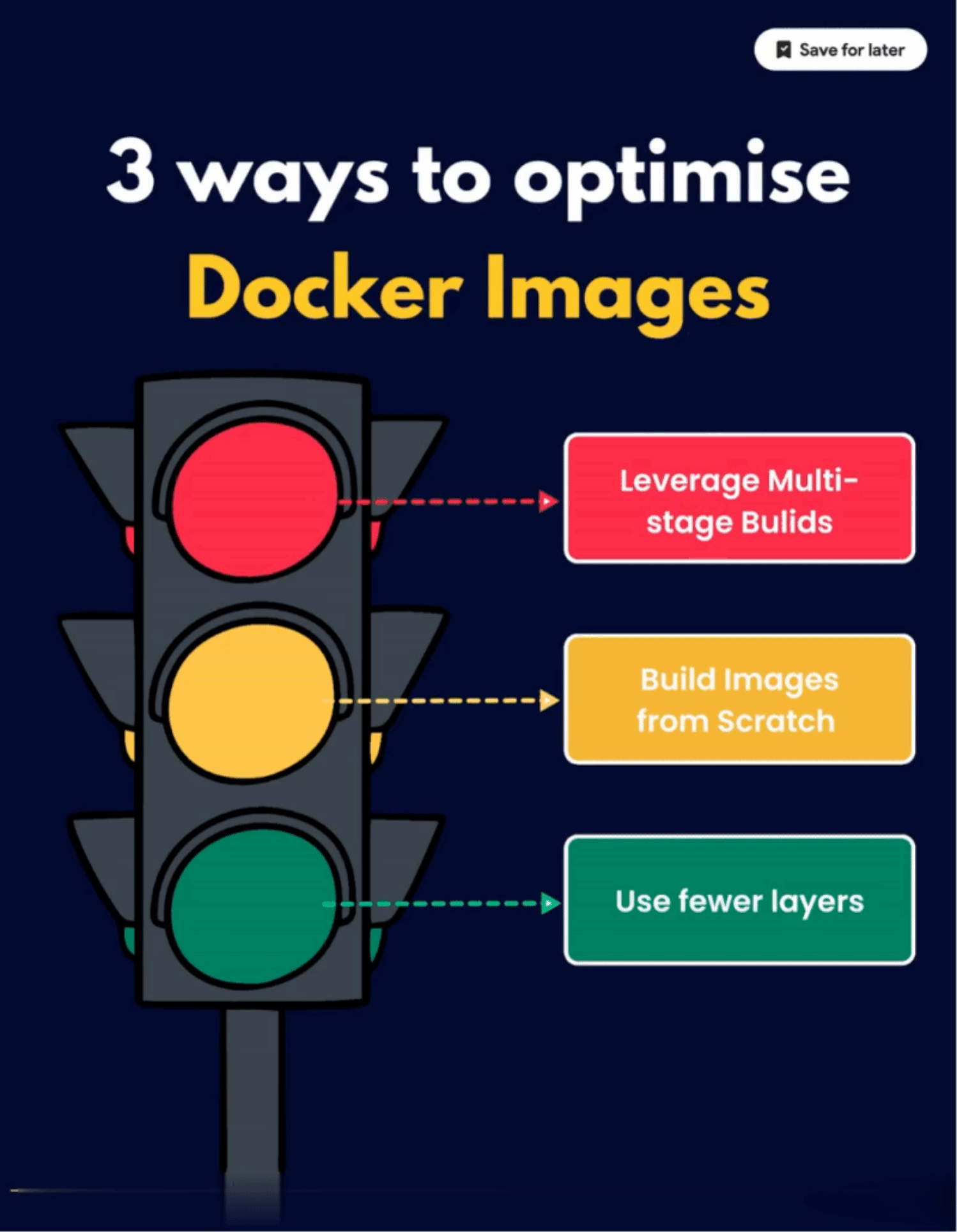3 Ways to Optimize Docker Images
In the world of containerization, optimizing Docker images is essential for enhancing performance, reducing resource consumption, and improving overall efficiency. Here are three straightforward ways to optimize your Docker images:
Leverage Multi-stage Builds
Streamline your Docker images by using multi-stage builds. This technique allows you to separate the build environment from the runtime, resulting in smaller and more efficient images. By discarding unnecessary build dependencies and artifacts in the final image, you can significantly reduce its size and improve resource utilization.
Build Images from Scratch
Start clean! Instead of relying on heavyweight base images, build your Docker images from scratch. This approach enables you to include only the necessary components required for your application, eliminating unnecessary bloat and ensuring leaner containers. By starting with a minimal base and adding only essential dependencies, you can create more efficient and lightweight images.
Use Fewer Layers
Minimize the number of layers in your Docker images to reduce overhead. Each layer adds to the overall size of the image and increases complexity. By consolidating multiple commands into a single layer and optimizing your Dockerfile structure, you can decrease the number of layers and improve image build times. Strike a balance between readability and efficiency by optimizing your Dockerfile to include the necessary instructions while minimizing unnecessary layers.
Optimizing Docker images doesn’t have to be complex. By following these straightforward tips, you can enhance performance, reduce resource utilization, and streamline your containerized environment for improved efficiency.
Implementing these optimization techniques will not only improve the performance of your Dockerized applications but also contribute to a more streamlined and resource-efficient container environment.
Keep visiting QuickShare and write to us in the comments below.

